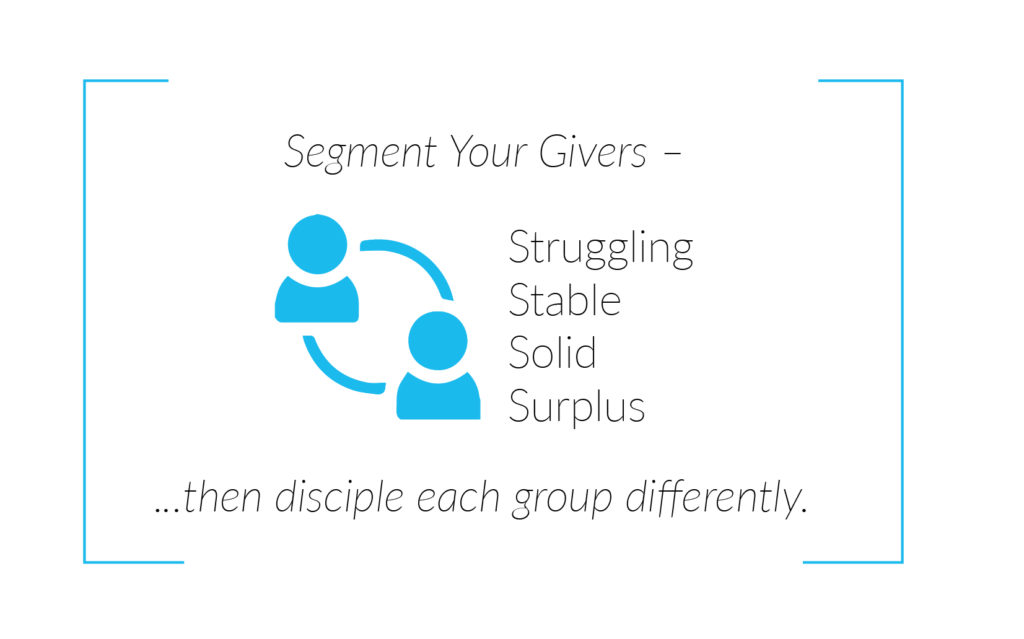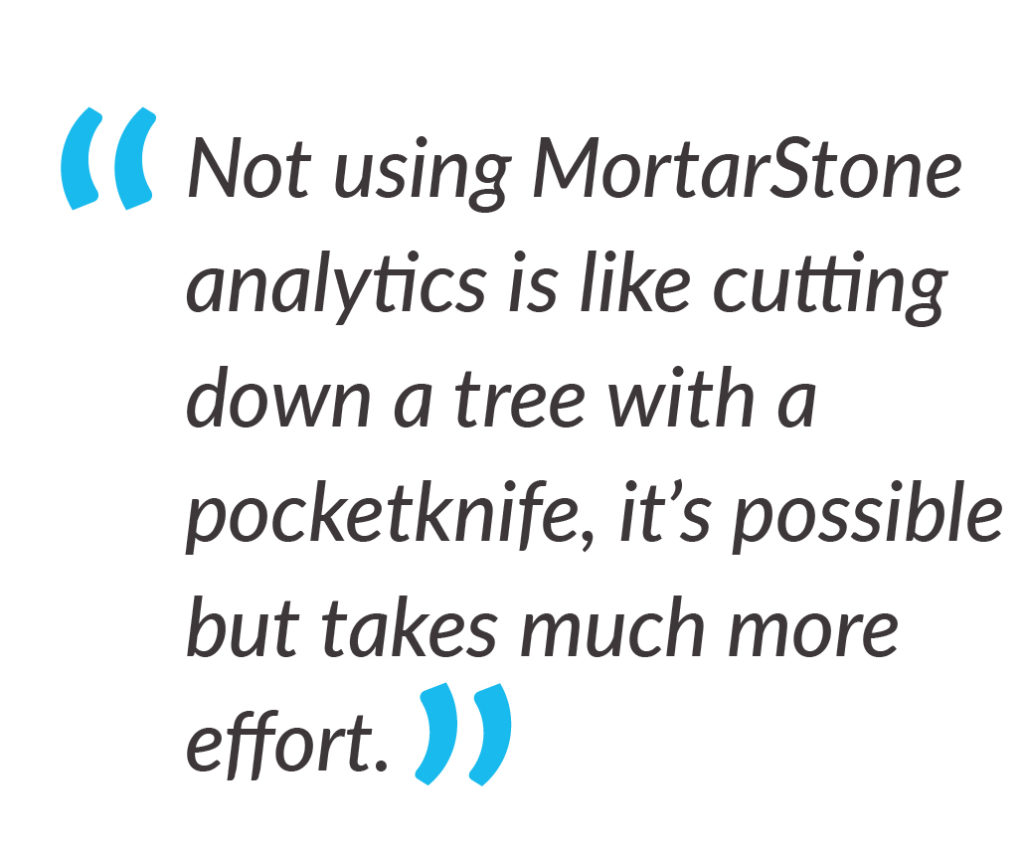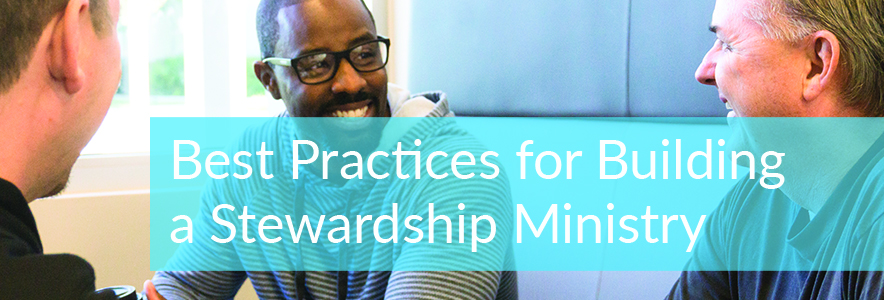Building an effective and successful stewardship ministry can be a daunting task, filled with uncertainty and a lot of trial and error processes. Taking on this task for Gateway Church in Southlake, Texas was Gunnar Johnson, MortarStone’s Executive Vice President. During his time at Gateway, Gunnar was able to pioneer and build a thriving stewardship ministry that had over 150 stewardship volunteers serving thousands of people at Gateway and reaching outside the church walls to thousands of churches across the globe. Here are Gunnar’s best practices for building a stewardship ministry.
How Do You Build a Stewardship Ministry from Scratch?
When Gunnar came to Gateway in 2005, Pastor Robert Morris was preaching a series called The Blessed Life. This series helped to spark an interest in stewardship, but many of the givers weren’t sure how to become better givers. They decided to pull information from their Church Management System (ChMS) and divide the church into four socioeconomic groups: struggling (people hurting financially); stable (one paycheck away from a mess); solid (people doing well); and surplus (people who have wealth). From these groups, we decided to minister to each in different ways and developed a comprehensive stewardship ministry. Gunnar states, “All I had to do was give them the correct track to run on.”
You can segment your givers based on the information you receive from your ChMS but for a complete picture of your givers, try using MortarStone. We can help you learn more about each giver and the financial situation they are facing with advanced analytic reporting. Demo MortarStone here.“Not using MortarStone analytics is like cutting down a tree with a pocketknife, it’s possible but takes much more effort,” Gunnar states.


What Role Do Volunteers Play in Your Stewardship Ministry?
Volunteers are one of the most essential tools for building a thriving stewardship ministry. From his experience, Gunnar recommends having the church leadership team come together, create a vision and then identify the staff and volunteers that might be interested in helping convey this vision to the church. These people don’t necessarily have to be financial professionals but don’t exclude them either.
Gunnar states, “If you have a ‘buy-in’ by key members of your staff, they will take ownership of the vision and push forward the goals of your ministry with greater initiative.” These key individuals will also know which route of discipleship will work best for the people they minister to – seminars, Sunday school classes, sermon series, counseling, etc.
Once you’ve determined who you’d like to serve on your team, you can set up several time-saving tools in MortarStone to get everyone on the right track. Here are a few functions that will help you work more efficiently.
- Teams: Setup who on your team should have access to MortarStone and assign them to different groups.
- Triggers & Notifications: Create triggers for new givers, lapsed givers, and other specified giving amounts and times. Choose the team you would like to have access to the list of givers and decide if you’d like notification emails sent as new givers meet the trigger criteria.
- Connections & Notes: Record all communication with givers in the notes section of givers profile to keep all team members current. Assign a connection point (mail, email, phone, etc.) to easily sort different givers based on the communication they’ve received.
- Milestones: Setup milestones or goals you’d like to achieve with each giving group.
How Do You Make Stewardship a Part of Your Church Culture?
To make stewardship part of your church culture there are four things that Gunnar says must happen:
- Preach It
- Teach It
- Celebrate It
- Apply It
And, most importantly, the church must apply these four rules corporately. Gunnar states, “A church that doesn’t live what they preach looks hypocritical, and people will not apply these principles because the church isn’t willing to do them either.” You have to have ‘all hands on deck’ if you want to lead your church into a culture of generosity successfully.
Using MortarStone, you can run your Growth Snapshot report to see how your stewardship goals are being met. If the report shows that you’re on track, then the programs and processes you’re living out are working. If you see a slowdown, slump, or negative change in giving it’s time to look at the church leadership culture and evaluate your systems.

What Landmines Should We Avoid?
“Stewardship ministry is like the contact lens on the vision of the church. It clarifies everything, ” Gunnar states. You have to avoid your stewardship program being pigeon-holed off to a corner that won’t have cultural impact. To prevent this, everyone needs to be on board and willing to live out a life of stewardship. If your church leadership team isn’t living a generous life then they won’t preach, teach, celebrate or apply it. Your ministry needs to be at the forefront of every ministry initiative, program or development.
These principles, although simple, can be challenging to initiate and cultivate in your church. This is where MortarStone comes in, with professional Generosity Coaching you can take these principles and change the financial direction of your church. We’ve worked with hundreds of churches around the world to build thriving stewardship ministries – let us help you! Click below for more information.
